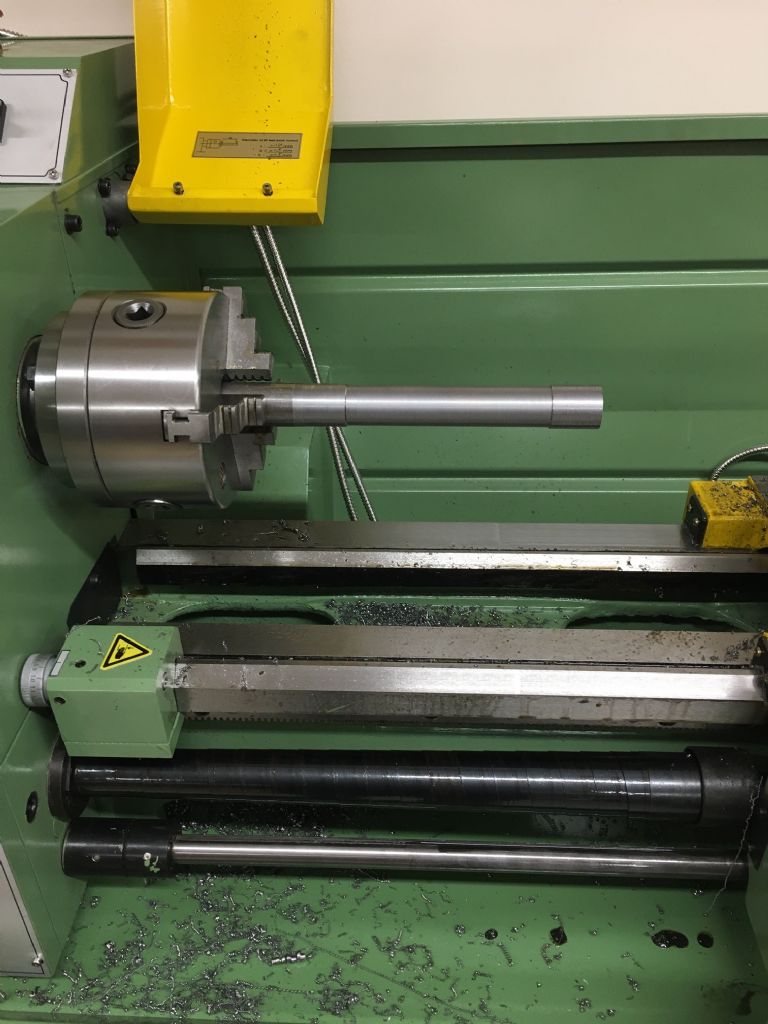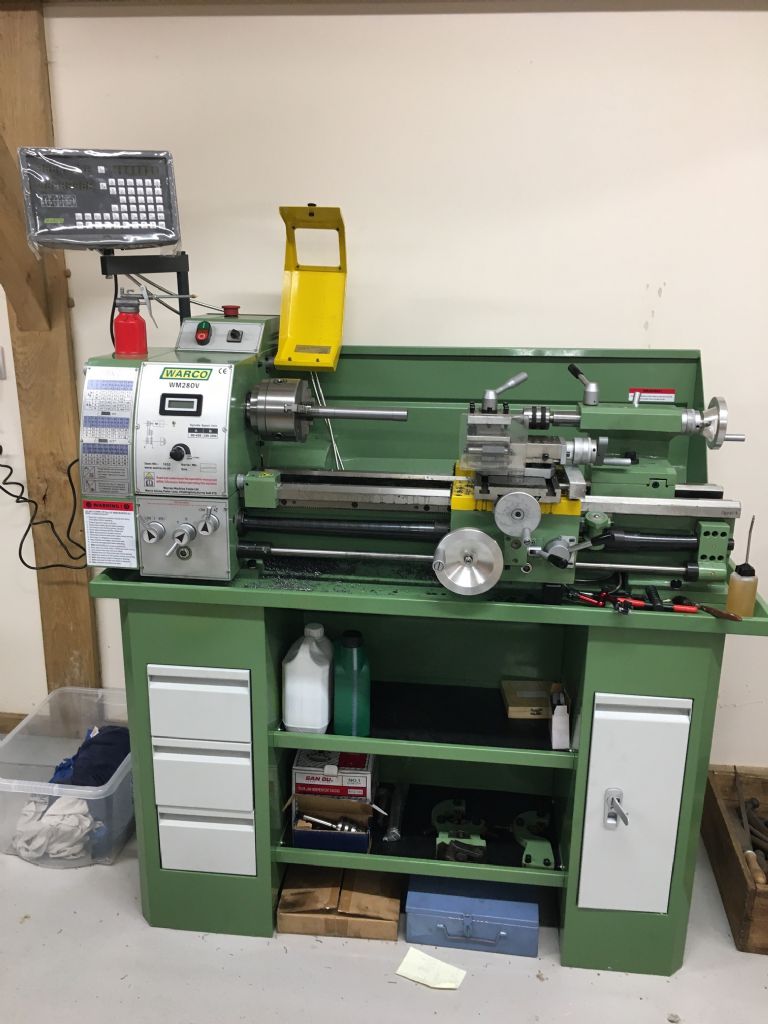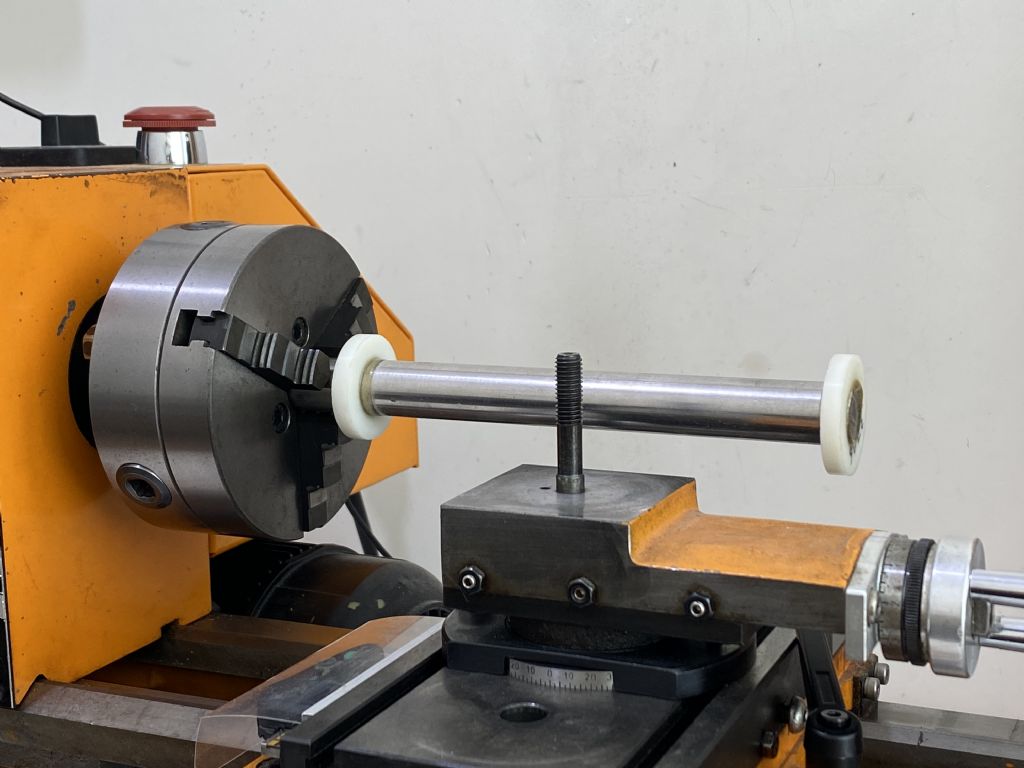Posted by Steve Rowbotham on 06/02/2022 22:17:44:
Clive, I had wondered about the possible effects of bolting down and have contemplated running a test with the mounting bolts all relaxed. With the helpful suggestions from others regarding the bar and tool, plus this interesting thought I now have several options to persue tomorrow – thank you.
If bolting the lathe down changes the lathe's alignment, you are bolting it down wrong.
It is essential before bolting down to sit the lathe on the cabinet and the cabinet on the floor with the bolts loose. Then use a feeler gauge to find if there is any tiny gap under any of the cabinet feet. If so, slide in a shim of that thickness to take up any gap, then tighten down the cabinet foot bolts.
Then do the same where the lathe mounts on the cabinet. Shim any gaps then tighten the bolts down evenly. That way you are starting out with your lathe in the relaxed natural position without any strain or twisting on the bed. If you are lucky and have a good lathe like Clive's, the lathe will cut true in its natural unstressed condition.
If it doesn't, then shimming can be used to correct it.
Hopper.







